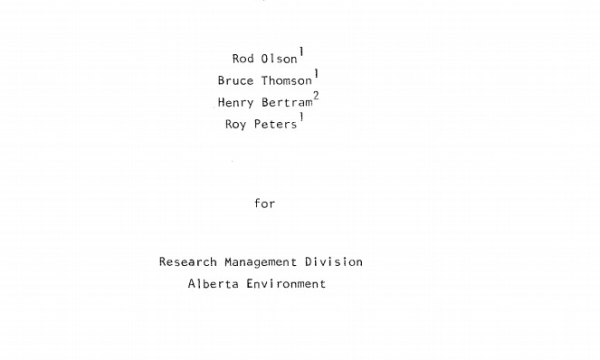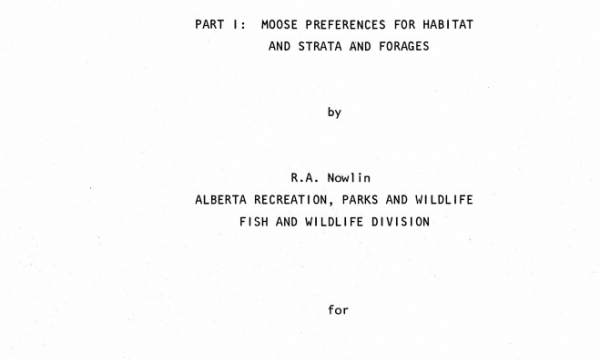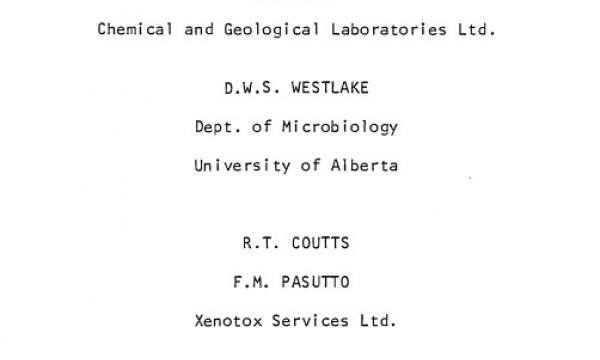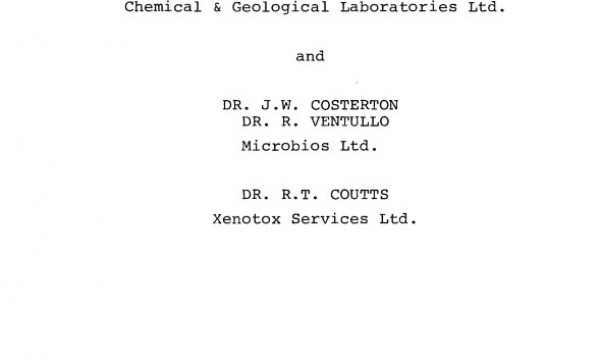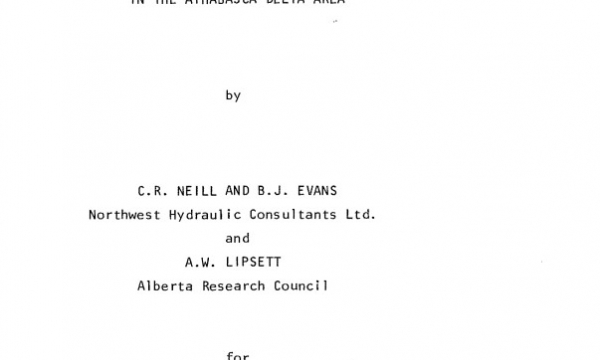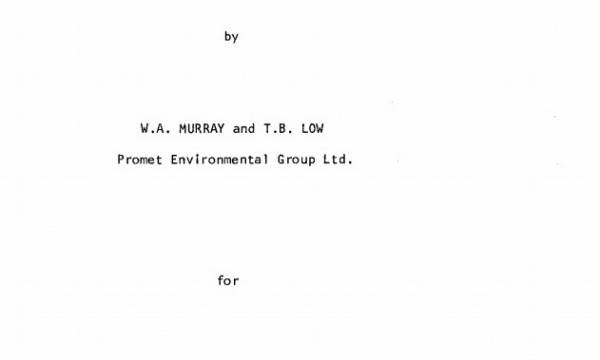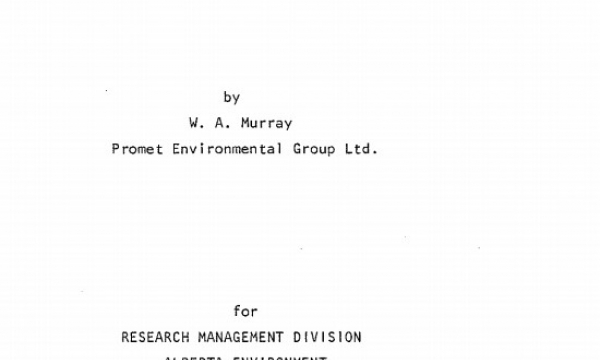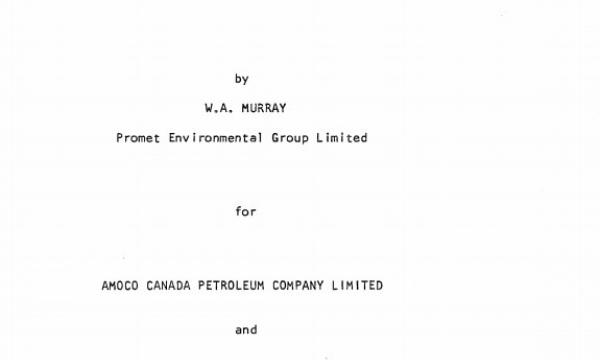Ressources de Gestion des Terres
Ressource
Auteurs
Rod Olson
Bruce Thompson
Henry Bertram
Roy Peters
Determine changes in the input rate of atmospheric trace substances into sensitive ecosystems and provide a database for the documentation of variations in chemical characteristics of precipitation
Ressource
Radio telemetry was employed to delineate seasonal use, and preference and avoidance of both habitat strata and forages. Environmental variables affecting habitat use were identified and measured
Ressource
Auteurs
Peter Nix
D.W.S. Westlake
R.T. Coutts
F.M. Pasutto
Incubation of samples taken along a transect of the river just downstream from the oil sands plants showed higher rates of microbial degradation on the west bank where effluents and drainage would be
Ressource
Auteurs
Peter Nix
Jill Costerton
R. Ventullo
R.T. Coutts
A literature review and evaluation of methods used to determine rates of bacterial uptake (heterotrophic assimilation) of organic substrates in fresh water systems was undertaken
Ressource
Auteurs
C.R. Neill
B.J. Evans
A.W. Lipsett
Describe how water and sediment from the Athabasca River are distributed through the delta system and how they circulate and mix in Lake Athabasca and flow through to the Slave River (re contaminants)
Ressource
Runoff from within the study area contributes less than 10% of the average flow in the Athabasca River at the northern boundary of the study area. Snowfall constitutes about 30% of precipitation
Ressource
A fog study was implemented during 1977-1978 to provide more detailed observations of fog occurrences, especially during the winter when the possibility of ice fog exists
Ressource
The amounts of sulphate and nitrate deposited in the snow within 25 km of the oil sands plants have increased by 88 and 27% respectively, since the previous study in 1978
Ressource
Summary of the meteorological data collected by the meteorological tower network in the Gregoire Lake region of northeast Alberta during the spring and summer of 1979 to monitor impact of Amoco plant
Ressource
Auteurs
Barry Munson
Dave Ealey
R. Beaver
R. Fyfe
A three-year inventory of selected rare, endangered and sensitive bird species in the Athabasca Oil Sands area was completed in the late summer of 1977. Aerial and ground surveys were conducted


